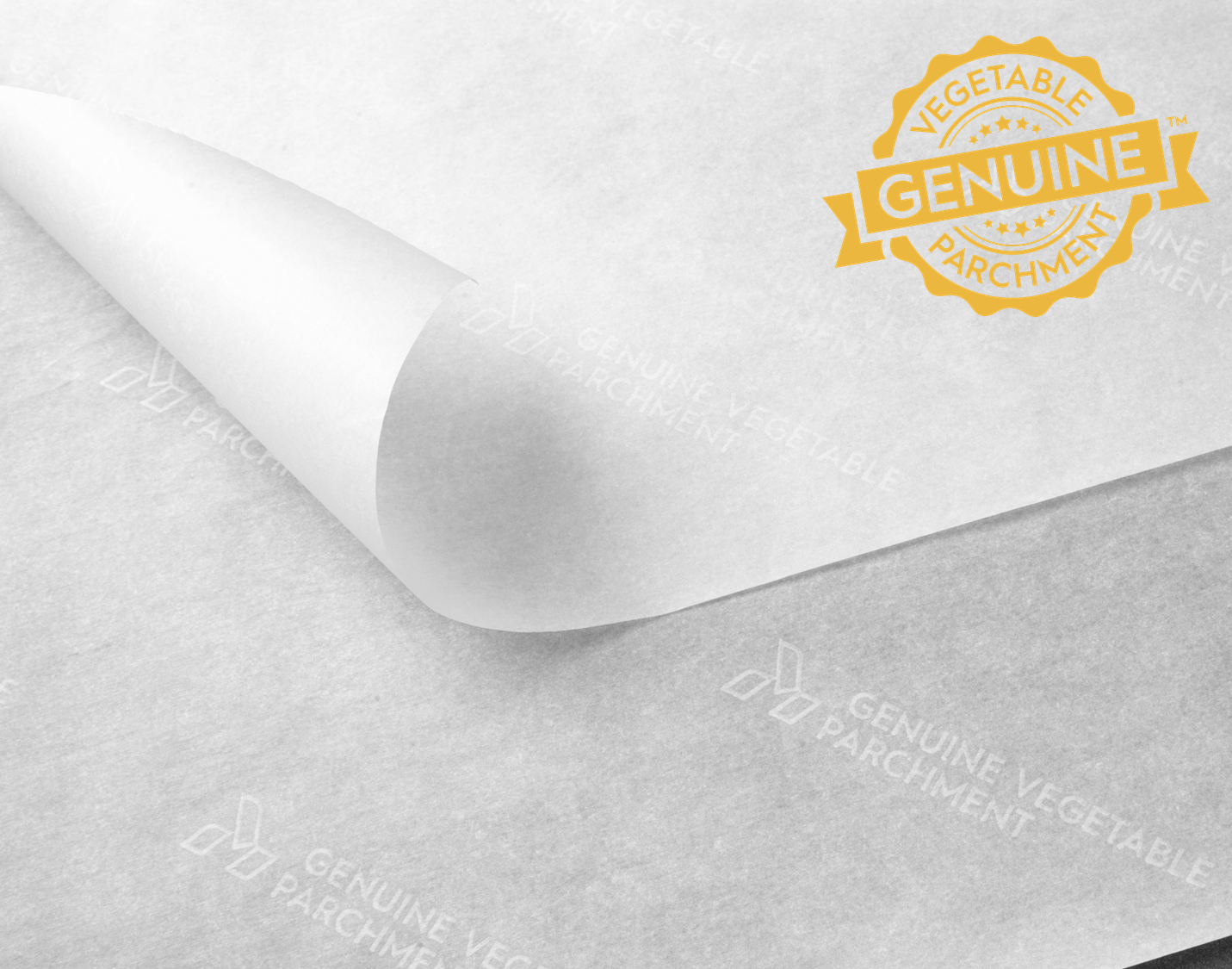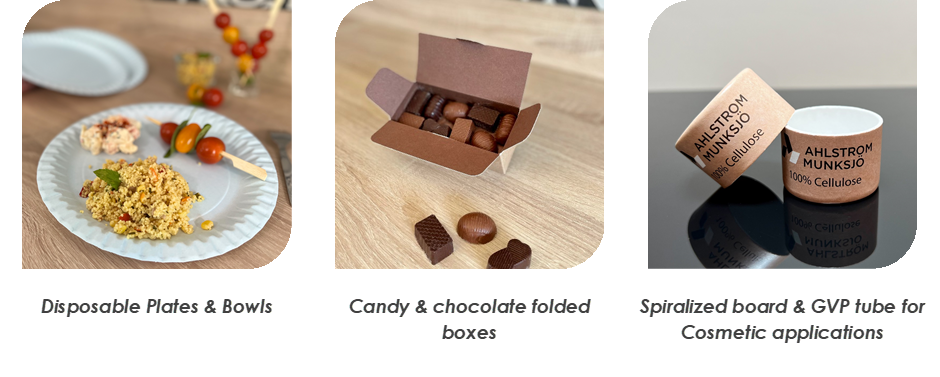Preventing Mineral Oil Contamination in food packaging
Ahlstrom is committed to going ƒrom Plastic to Purpose by developing innovative fiber-based materials to meet the increasing demand for more sustainable solutions and helping the food packaging industry in the transition towards a more circular economy.
Mineral Oil Hydrocarbons (MOH) in Food Packaging
Mineral oils are hydrocarbons produced by the distillation of crude oil. There are thousands of different hydrocarbons, used in a wide range of industrial applications, whether as a lubricant, a fuel, or a component for certain types of plastics or packaging materials.
The largest concern with the use of mineral oil in packaging is potential migration to food: "mineral oil hydrocarbons (MOH)" contamination.
The migration can be caused by various factors such as temperature or the nature of the foodstuff- dry foods are more susceptible to be contaminated than wet foods. When Mineral Oil contaminates the food products, it can potentially transfer harmful chemicals which are classified as carcinogenic and/or genotoxic.
In field studies, a wide variety of packaged food products have been found to be contaminated with mineral oil, from grains and cereals to potato chips and baked goods, including canned or frozen goods and confectionery.
In line with our purpose to “Purify and Protect, with Every Fiber, for a Sustainable World” Ahlstrom is actively researching and evaluating fiber-based solutions to safeguard packaging from mineral oil contamination in a sustainable way.
Why choose a fiber-based Mineral Oil barrier?
One of the main advantages of using barrier paper versus a plastic is the raw materials come from a natural and renewable resource. Unlike traditional flexible packaging materials, such as plastic, paper is made from wood pulp, a sustainable and biodegradable material.
Using fiber-based packaging can also contribute to reducing packaging waste as it presents a favorable end-of-life scenario such as compostability.
Developing an effective fiber-based Mineral Oil Barrier is a strategic undertaking for our company, starting with our key technologies including Genuine Vegetable Parchment (GVP). (learn more here)
Genuine Vegetable Parchment performance as a MOH Barrier
In line with our ambition to propose a fiber-based barrier from MOH contamination, the MOSH and MOAH barrier performance of GVP was measured according to leading testing methods. Several GVP products were tested, including Sulpack®.
Ahlstrom worked with a certified, recognized third party laboratory, known for its expertise on MOH, to simulate and measure the MOH barrier performance. The testing methodology was developed according to two EU leading food contact standards: BfR and JRC[1]..

The tests carried out with an independent laboratory confirmed our Genuine Vegetable Parchment provides an outstanding mineral oil (MOSH-MOAH) barrier to several kind of primary packaging and prevents cross-contamination from secondary packaging.
Fill out the form at the bottom of the page to request a copy of the full white paper.
What are potential packaging applications of Genuine Vegetable Parchment used as a Mineral Oil barrier?
Considering its Mineral Oil barrier properties level, GVP can be used in a variety of applications to help prevent contamination of food products and other consumer goods.
As represented below through key examples, the biggest potential of using GVP as a MOH barrier will be to use as a barrier liner on a primary packaging like board containing recycled fibers. Some potentials end-use of applications include Food, Pharmaceutical, Medical and any industrial packaging.

What are Benefits of using Parchment as a sustainable packaging barrier to MOSH and MOAH?
As a conclusion, the benefits of using GVP in flexible packaging can be summarized as follows:
- Protection of food products: GVP can effectively prevent the migration of MOSH and MOAH from the packaging into the food product, thereby ensuring the safety and quality of the food for consumption.
- Health risks reduction: By preventing the migration of MOH, GVP can reduce health risk that are associated with exposure to these chemicals.
- Compliance with MOH recommendations and foodstuffs regulations: Using a barrier packaging can help manufacturers to follow the current recommendations and the upcoming regulations.
- Consumer confidence: By using a packaging barrier, manufacturers can demonstrate to consumers that they are taking steps to ensure the safety and quality of their products, which can help to build consumer trust and confidence in the brand.
- Environmentally friendly: Using a sustainable barrier can also be an environmentally friendly approach, as it reduces the need to use excessive packaging materials and reduces potential waste.
[1] : JRC publication and BfR method: -JRC publication: Joint Research Centre (JRC), European Commission: Hoekstra, E; Bratinova, S. Guidance on sampling, analysis and data reporting for the monitoring of mineral oil hydrocarbons in food and food contact materials. http://dx.doi.org/10.2760/208879/ -BfR method:The German Federal Institute for Risk Assessment (BfR): Determination of hydrocarbons from mineral oil (MOSH & MOAH) or plastics (POSH & PAO) in packaging materials and dry foodstuffs by solid phase extraction and GC-FID, www.bfr.bund.de/cm/349/determination-of-hydrocarbons-from-mineral-oil-or-plastics.pdf